Gilliver’s travels: miniature figurines used to create surreal images inspired by summer holidays
Artist uses miniature railway figures to create surreal images inspired by dreaming of summer holidays while in lockdown
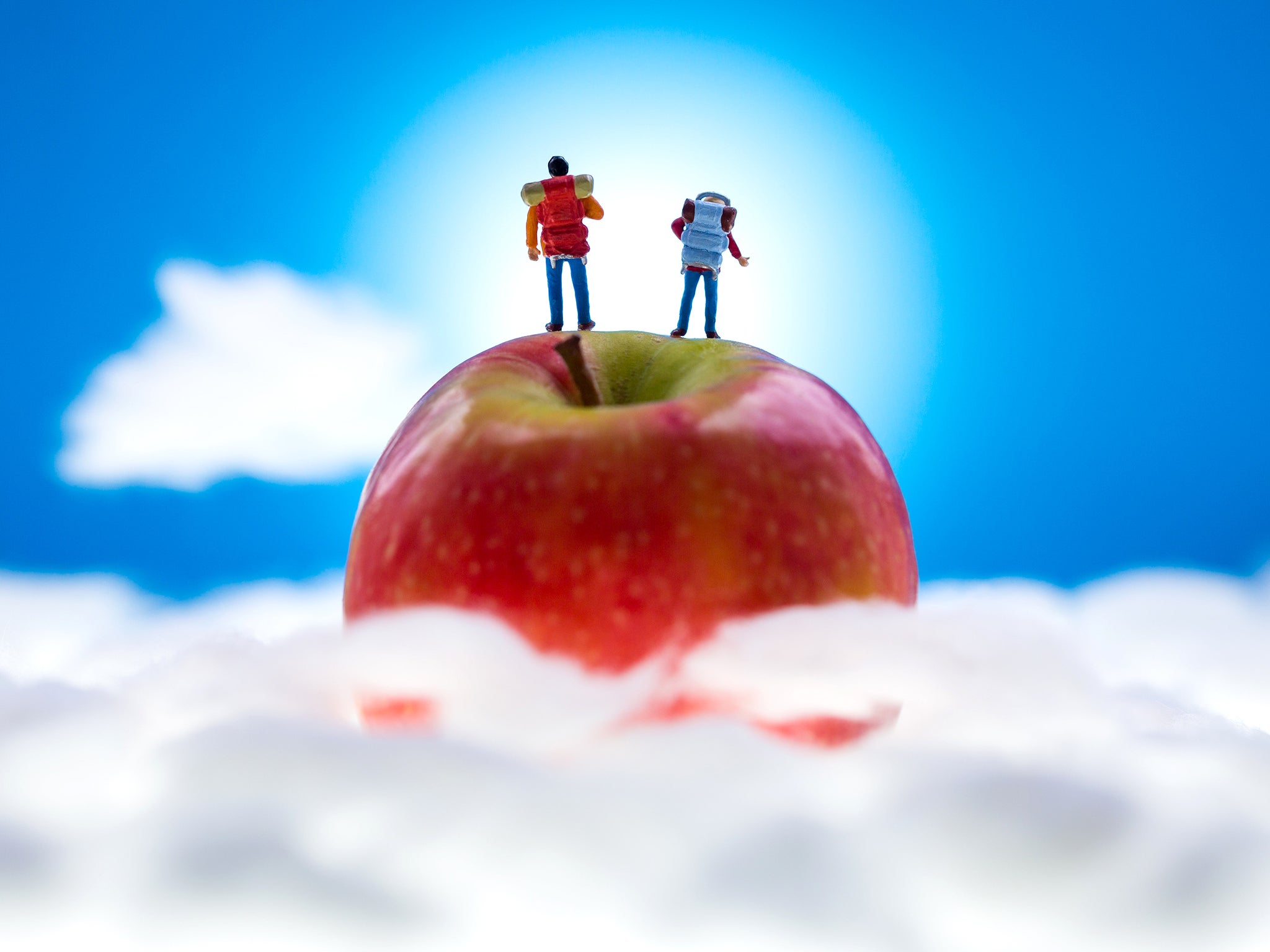
David Gilliver has used his pioneering art form for commercial campaigns including 3, Sony and Adobe – but his main passion is making tiny depictions of imagined worlds.
He collects miniature railway figurines from as far afield as Japan and Singapore and sends them to an artist to be painted to his own specification.
They are then posed up with other props – such as shortbread biscuits to create a version of Stonehenge, or a plastic remote control to resemble a family sitting room – and photographed.
Gilliver, who studied at Glasgow School of Art, said the technique has been copied by others trying to imitate his unique take on modern life, and prints have been sold in John Lewis.
He often uses fruit to create a landscape, including oranges sliced in half, and grapes, which look giant in comparison to the tiny figurines.
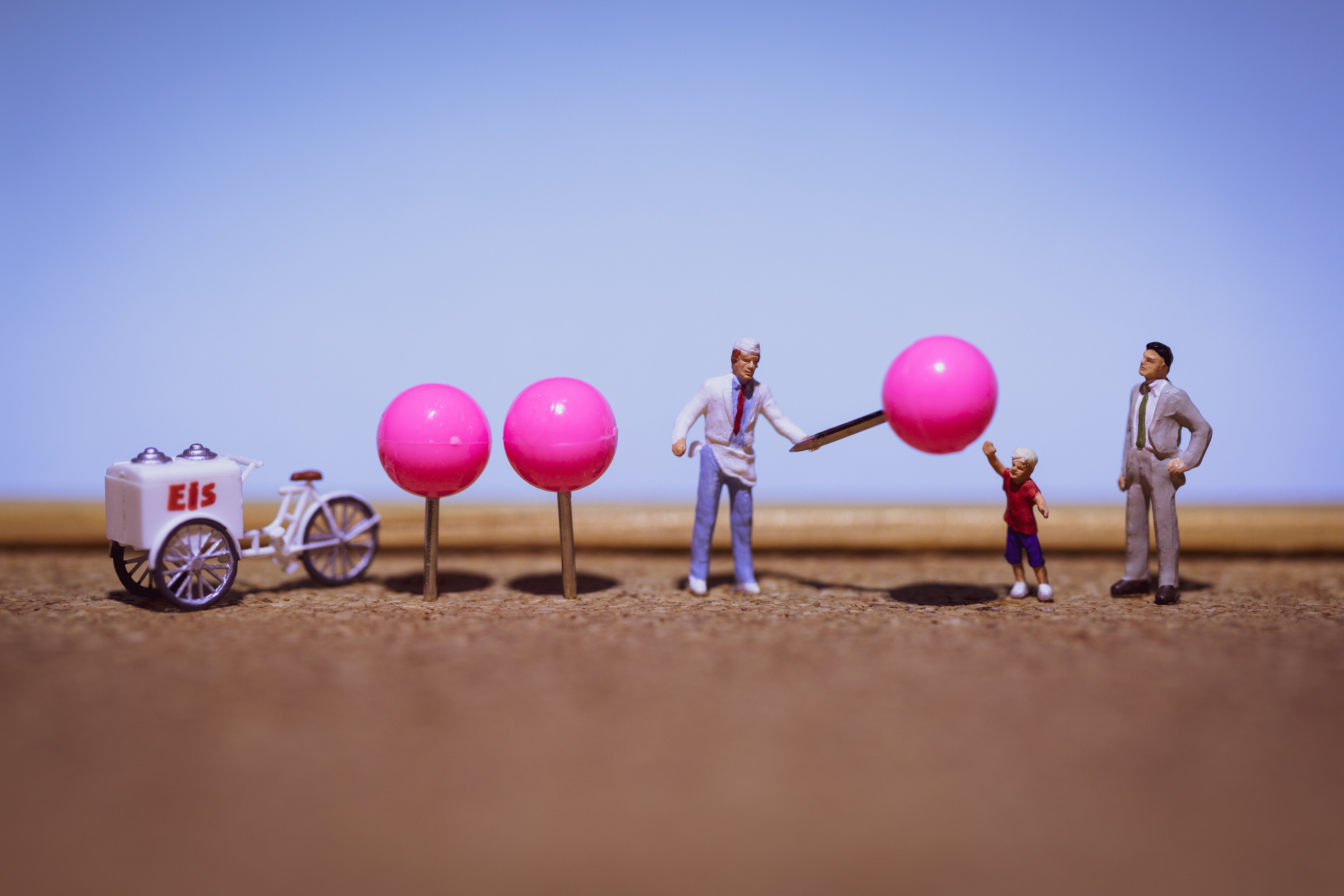
Gilliver has collected the “Little People” figurines for decades, and only really alters them to make them more diverse.
Many of his recent artworks were made during the pandemic when overseas travel was restricted.
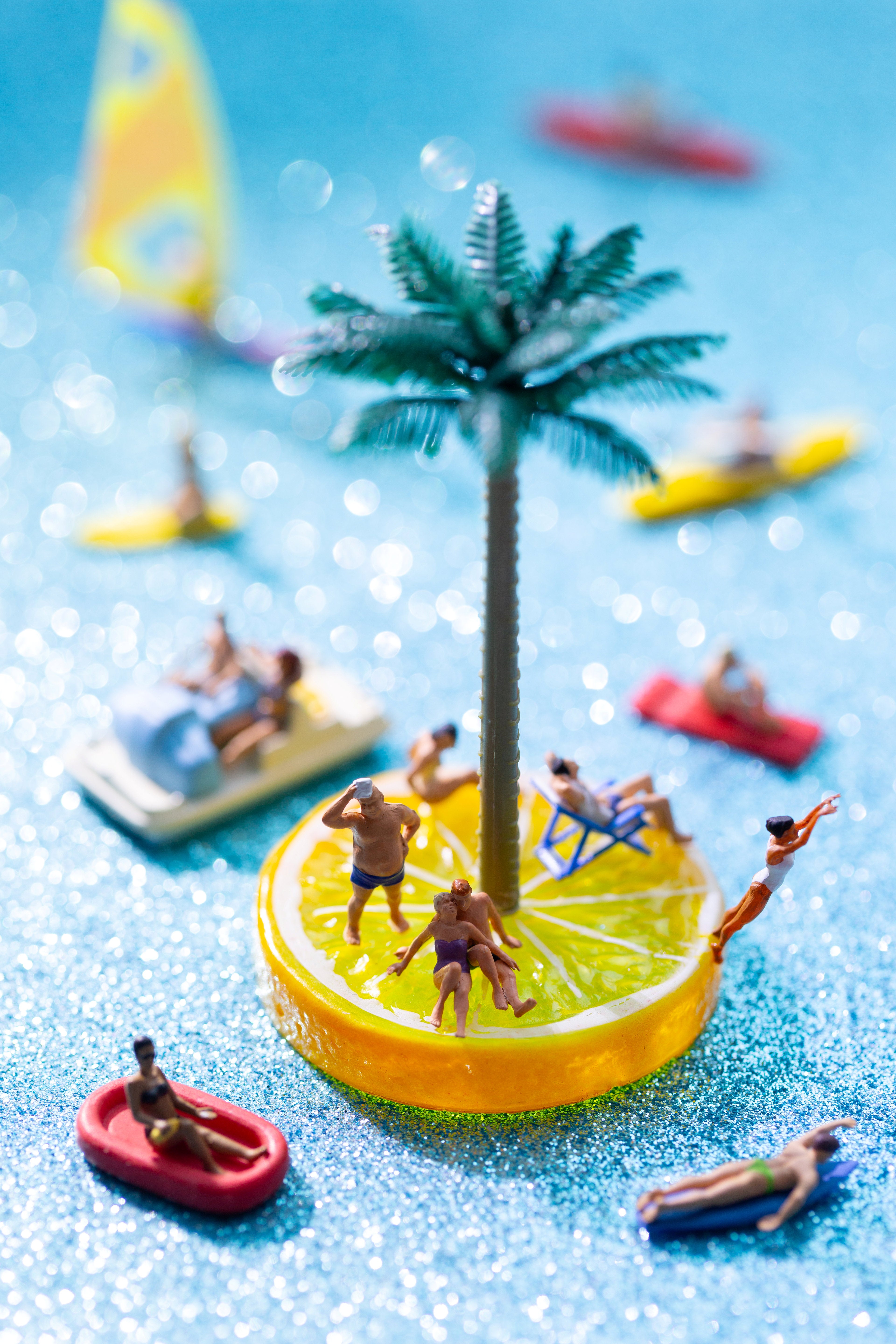
The series 100 Dioramas in 100 Days was made between January and April this year and depicts light-hearted scenes of tropical holidays and a lot of vino.
Gilliver said lockdown was a perfect opportunity to dream up new ideas, including Shorthenge, which shows worshipers at a stone circle made from shortbread.
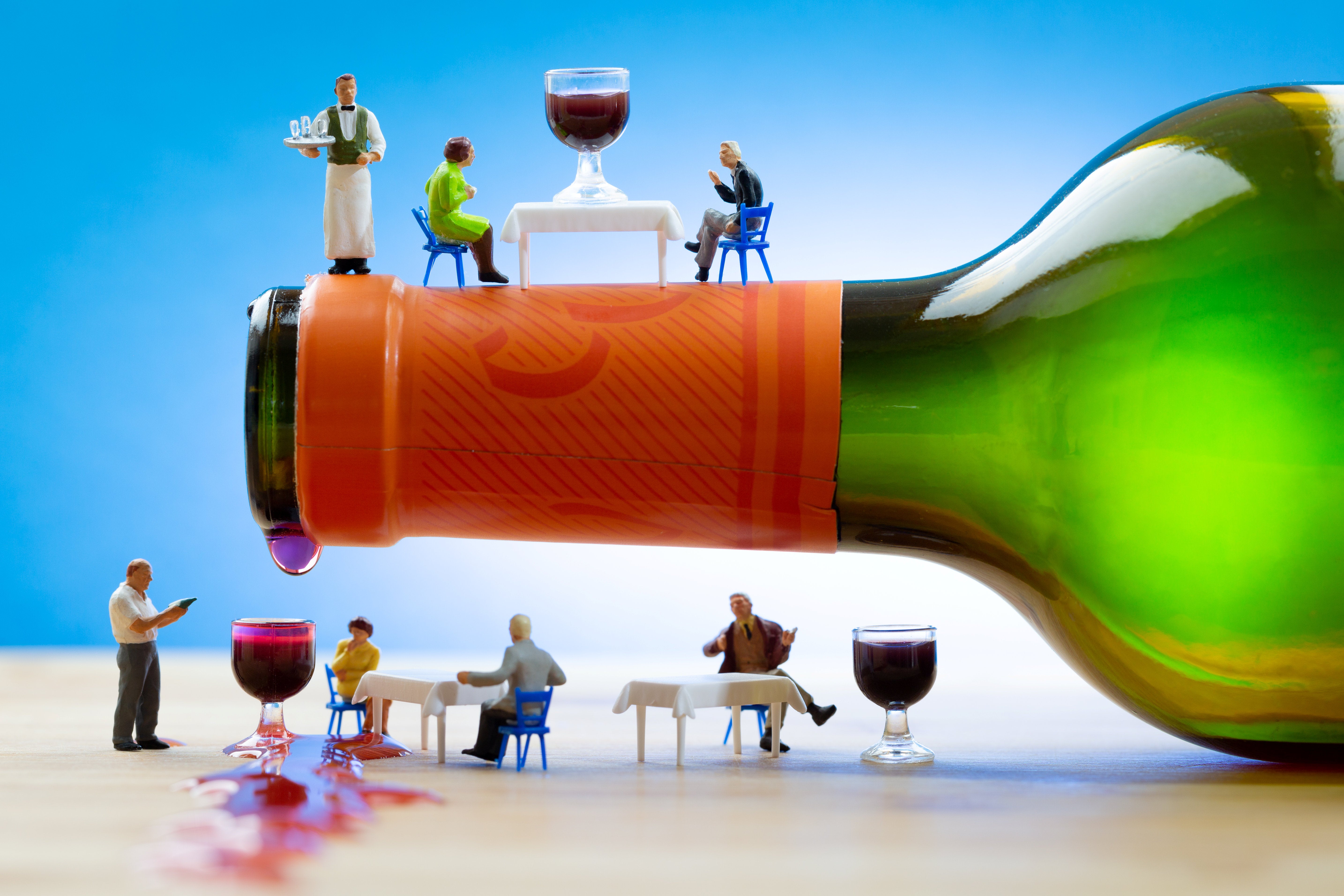
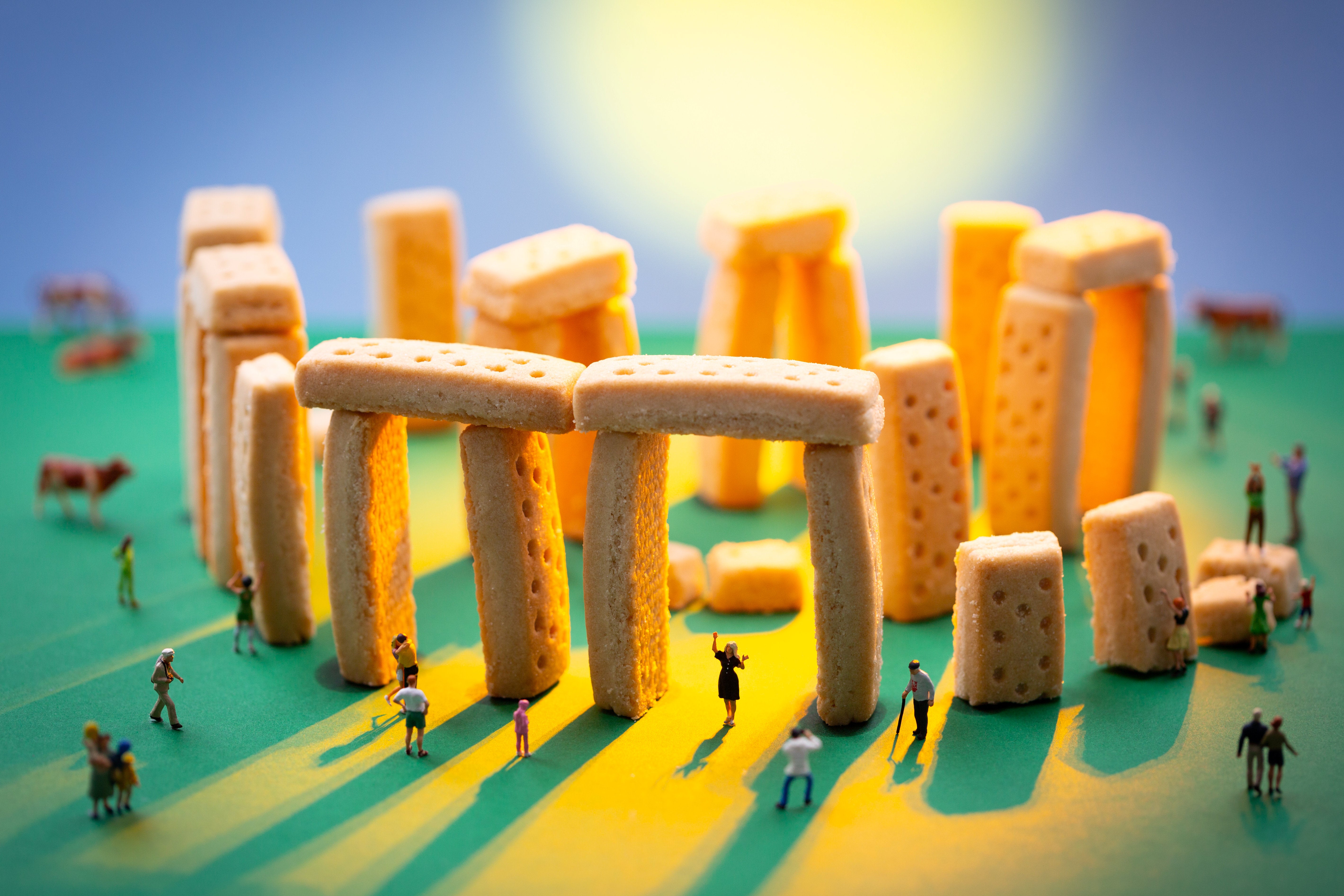

One piece, Bathing in Sunshine, shows a diver about to jump from a large slice of orange into a pool, while another shows the miniature figures urinating into a gigantic Irn-Bru can.
Others use technology as a background, with Hogging the Remote showing a family sitting together on a tiny sofa, superimposed on a TV remote control.
Between January and April 2022, Gilliver made 100 artworks in 100 days, and used the prospect of sunny holidays as inspiration for his artworks.
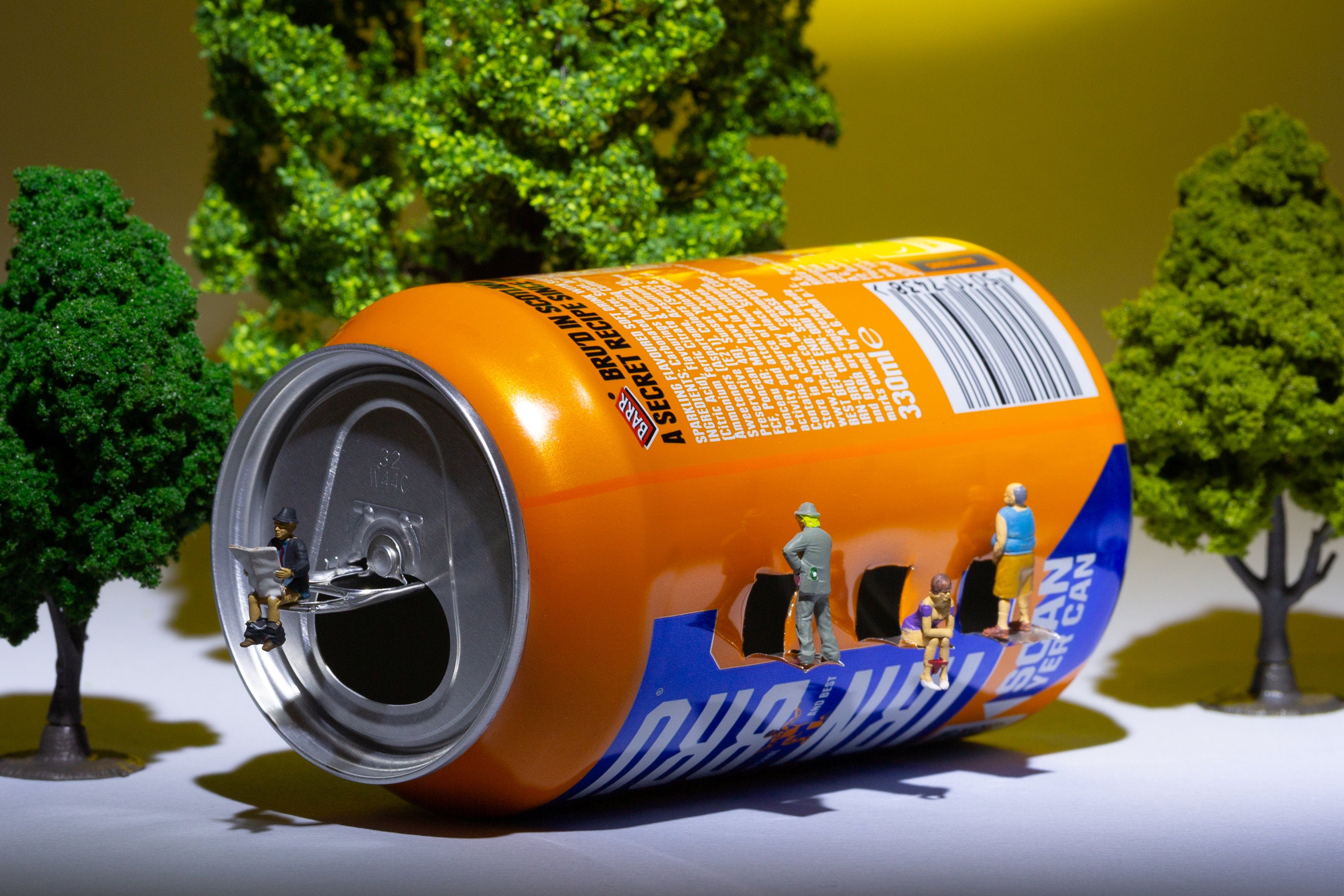

Gilliver, who lives in Gartcosh, North Lanarkshire, said: “I have always enjoyed the interaction that takes place between the 2cm-tall figurines and objects or props that we humans either use or consume as we go about our daily lives.
“A lot of the images have food as the main subject matter – this seems to be a recurring theme in my artwork over the years.
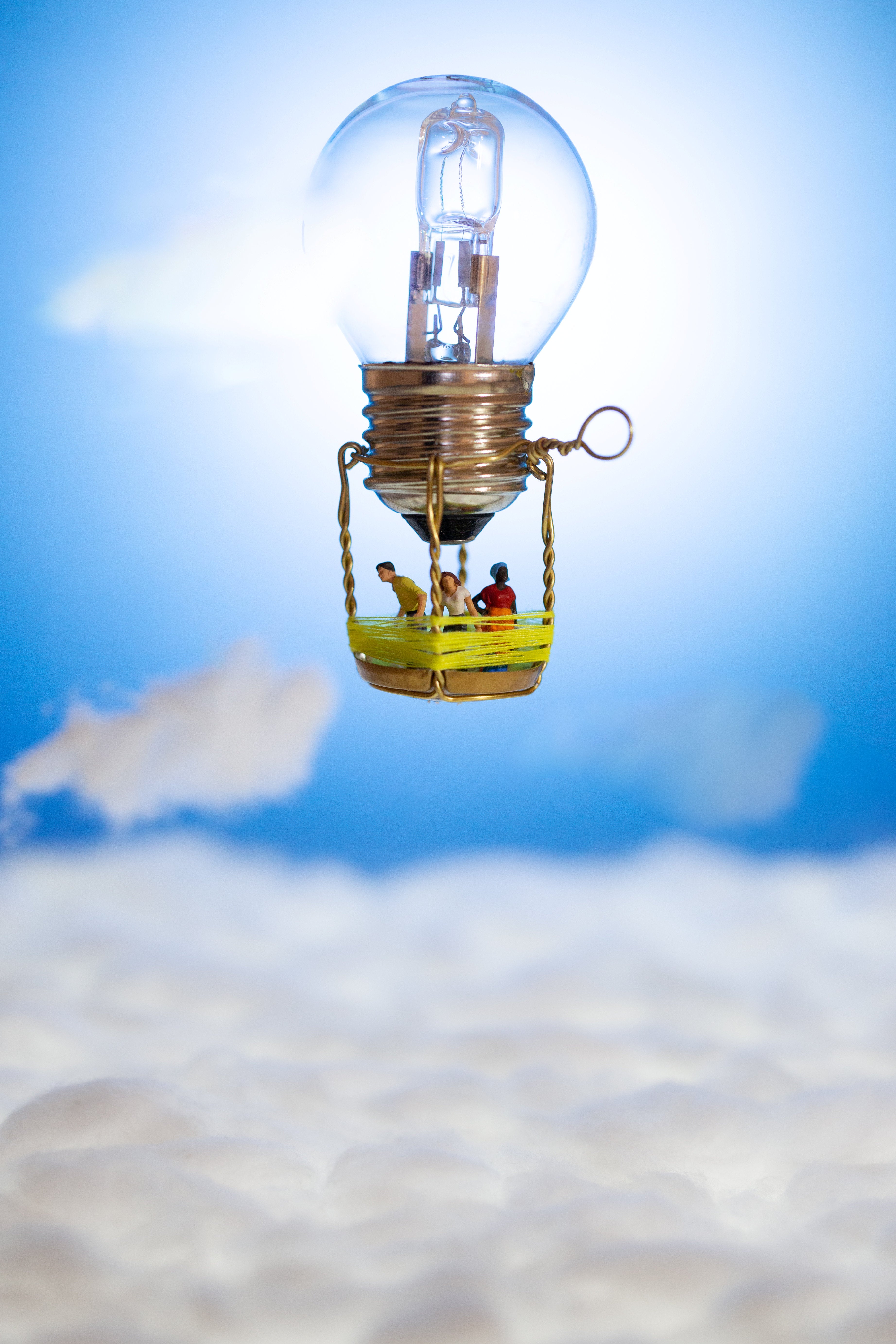
“I have lost track of who I actually go food shopping for any more – my family, or the Little People?
“The time to shoot each diorama varied, but on average each shot probably took something like two to three hours to set up, photograph and edit.
“Sometimes lighting the miniature scenes in a satisfactory way is the trickiest part, and so I spend a lot of time getting that part just right.
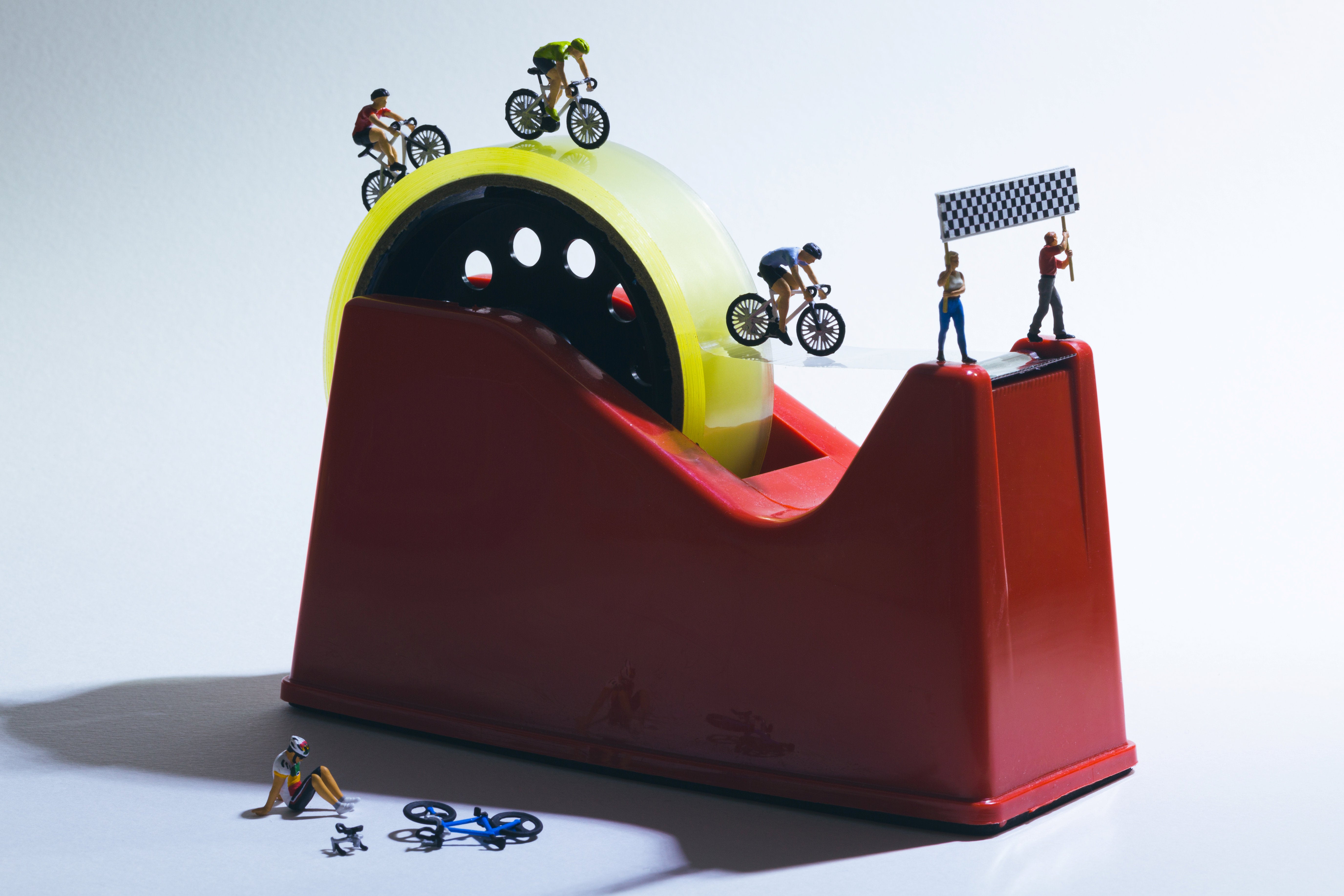
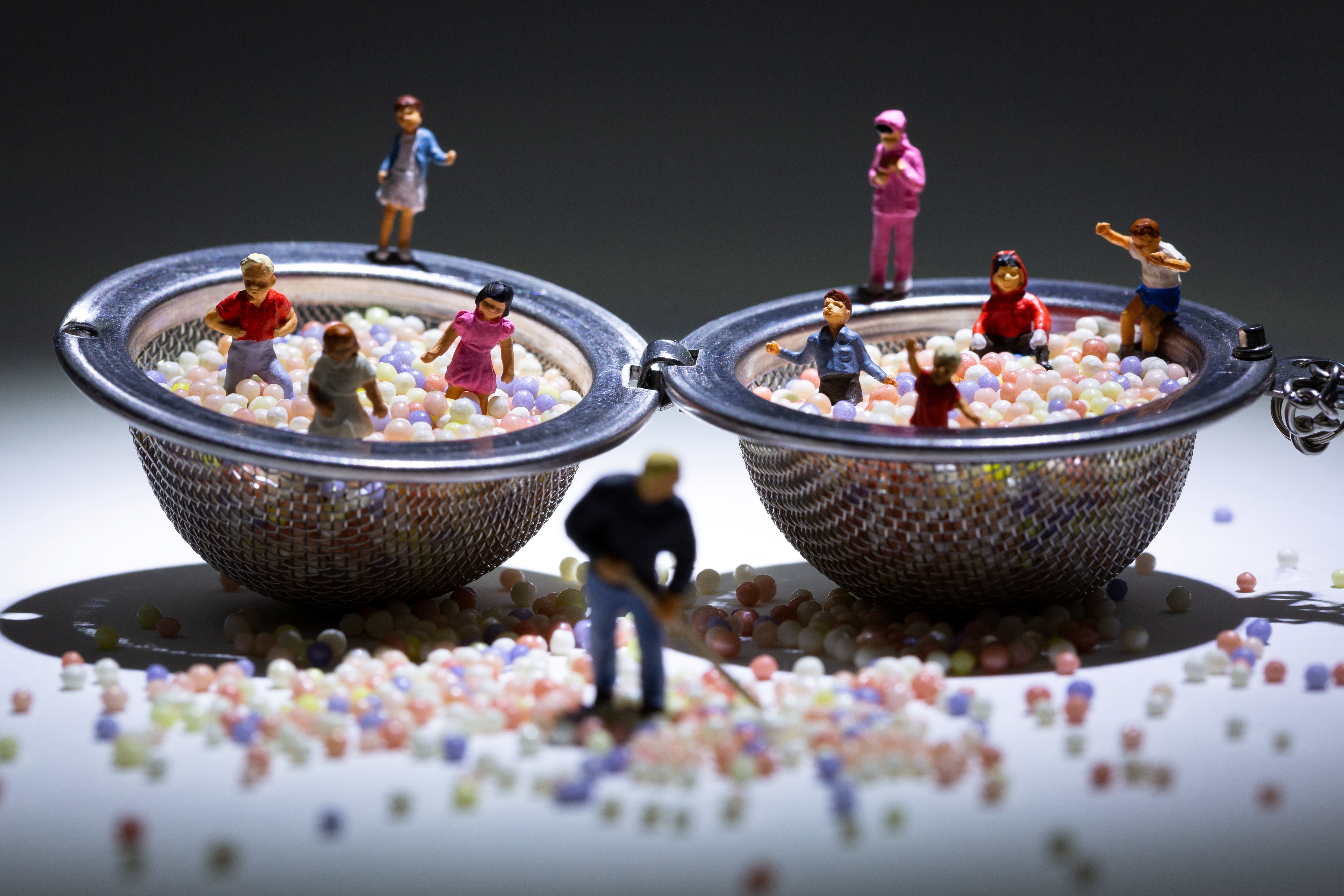
“I may shoot each diorama as many as 50 to 200 times before I am satisfied that I have captured the scene in a way I am happy with.
“A lot of patience is required.”
Gilliver is exhibiting in the Glasgow Contemporary Art Fair at Kelvingrove Art Gallery and Museum this weekend.
Join our commenting forum
Join thought-provoking conversations, follow other Independent readers and see their replies
Comments
Bookmark popover
Removed from bookmarks